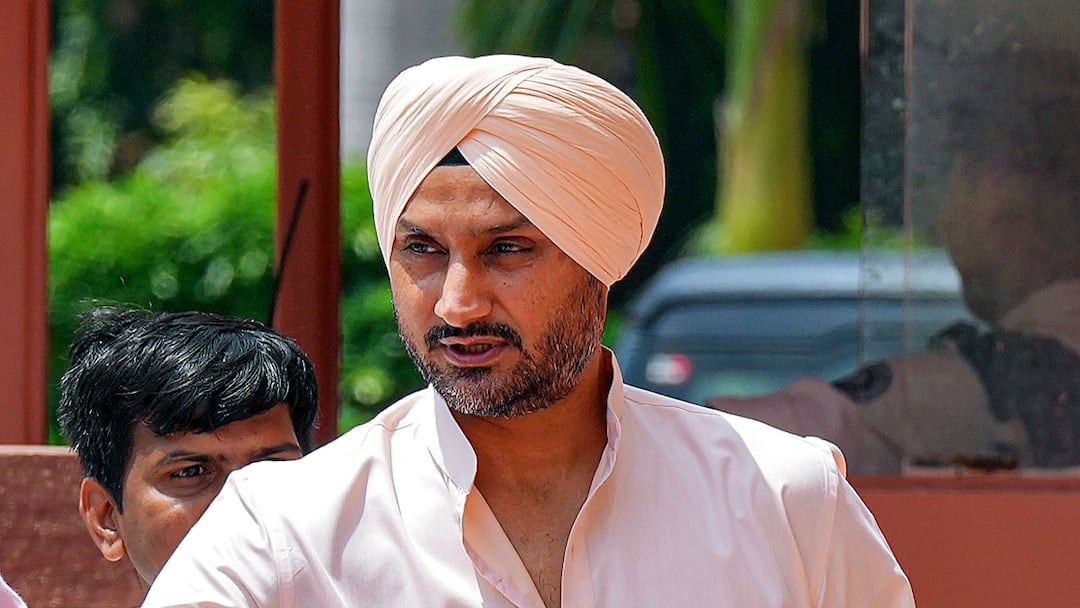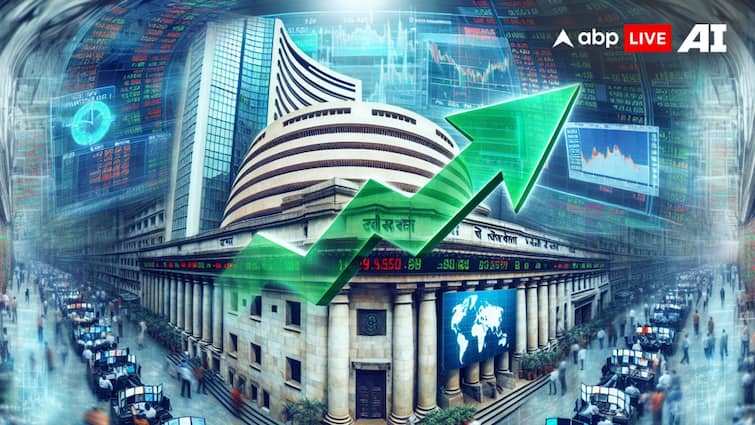Global oil markets may be weighed down by fears of a growing surplus, but producers are finding some support from stepped-up buying by China and India, prompted in part by a new wave of US sanctions on Russian energy.
Cargo Overhang Clears In The Middle East
Crude cargoes, particularly from the Middle East, which briefly faced oversupply, have now all been placed, according to traders who declined to be identified as they are not authorised to speak to the media. They said the earlier backlog of unsold shipments from producers such as the United Arab Emirates has largely disappeared.
Brent Slumps Amid Expanding Supply
Brent has dropped 15% this year, making it one of the poorest performers among major commodities. The decline reflects increased quotas from OPEC+ and rising production outside the alliance. The International Energy Agency has warned of a record surplus, while nearby US futures contracts recently slipped into contango, a bearish signal.
US Tightens Sanctions On Russian Flows
Meanwhile, Washington has intensified pressure on Russian crude and its main customers. The most consequential move has been sanctions targeting major suppliers Rosneft PJSC and Lukoil PJSC. President Donald Trump added further tension on Sunday, saying that proposed Senate legislation to blacklist countries doing business with Russia would be “okay with me.”
Asian Refiners Absorb Middle Eastern Cargoes
In the Middle East, unsold cargoes from the start of November eventually found buyers in Asia, traders said. These included numerous shipments of the UAE’s Upper Zakum grade and additional volumes from Kuwait following an outage at the Al-Zour refinery.
Chinese refiners bought a substantial share of these barrels, while Indian processors also picked up slightly more crude through a series of tenders. Bharat Petroleum Corp. secured grades from the Middle East, West Africa and the US, while HPCL-Mittal Energy Ltd. purchased Qatari Al-Shaheen.
“There is a lot of supply in the market,” said Manoj Heda, executive director of international trade at state-owned Bharat Petroleum. But “demand centres are only limited to China and India,” he was cited by a Bloomberg report.
Middle Eastern Grades Hold Relative Strength
The buying has helped Middle Eastern benchmarks hold firm relative to other regions, with China and India leaning on their established suppliers in the Persian Gulf. Last week, the Brent-Dubai swap spread and the Brent-Dubai EFS both turned negative, putting global benchmark Brent at a rare discount to Dubai.
Still, Middle Eastern crude has been changing hands at increasingly lower prices. Grades such as Oman, Upper Zakum and Murban all saw their differentials to the Dubai benchmark narrow through the month, according to General Index data.
Mixed Picture Beyond The Gulf
Elsewhere, West African markets remain sluggish, with differentials continuing to fall. Even so, cargoes are still clearing, traders said. Late last week, Indian and Indonesian refiners bought 11 shipments, while Chinese buyers increased purchases from West Africa and Latin America.
In regions where Chinese and Indian refiners are not typical buyers, weakness is more pronounced. The North Sea market, which underpins Brent pricing, has seen heavy selling in a key trading window. Loadings of 13 main grades are forecast to average about 2.1 million barrels a day in December, an eight-year high, according to Bloomberg loading programmes.



